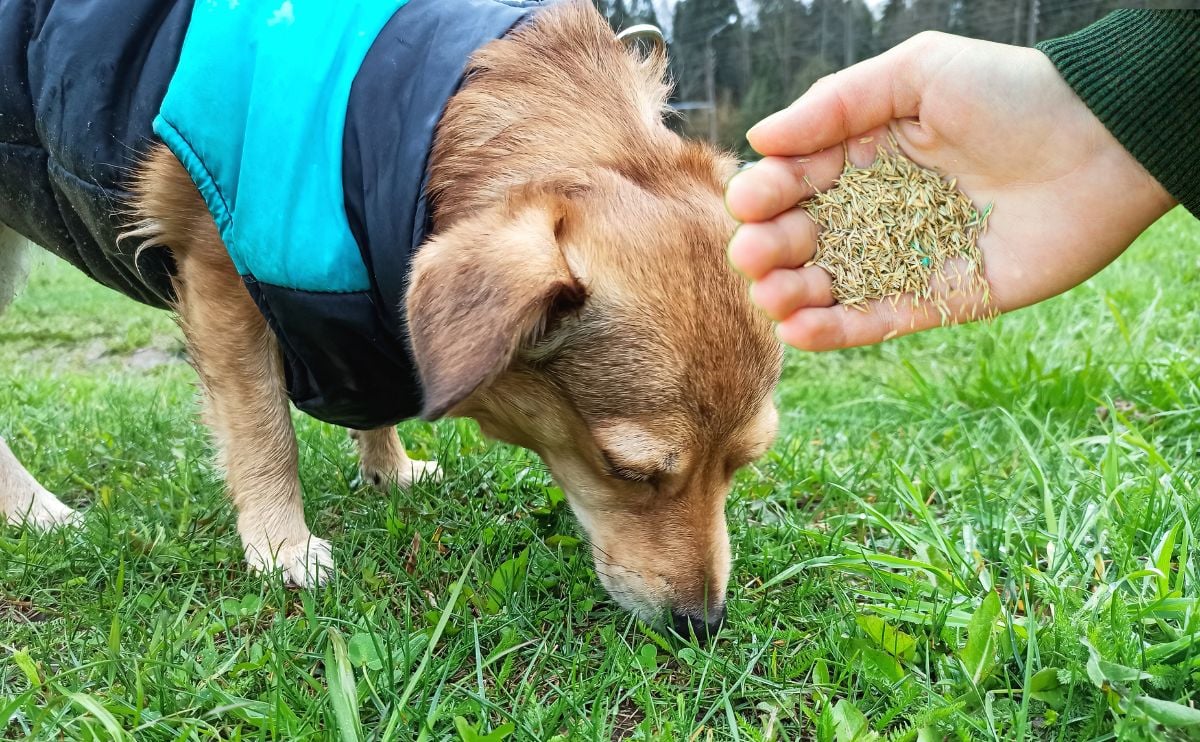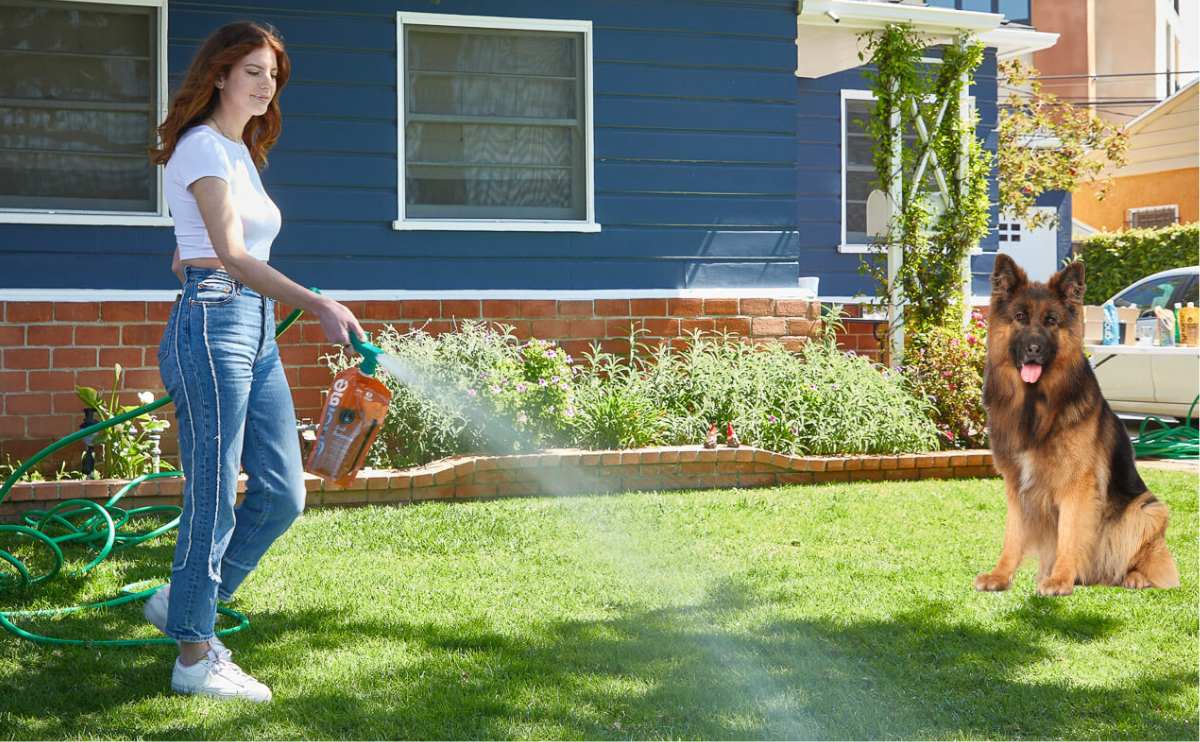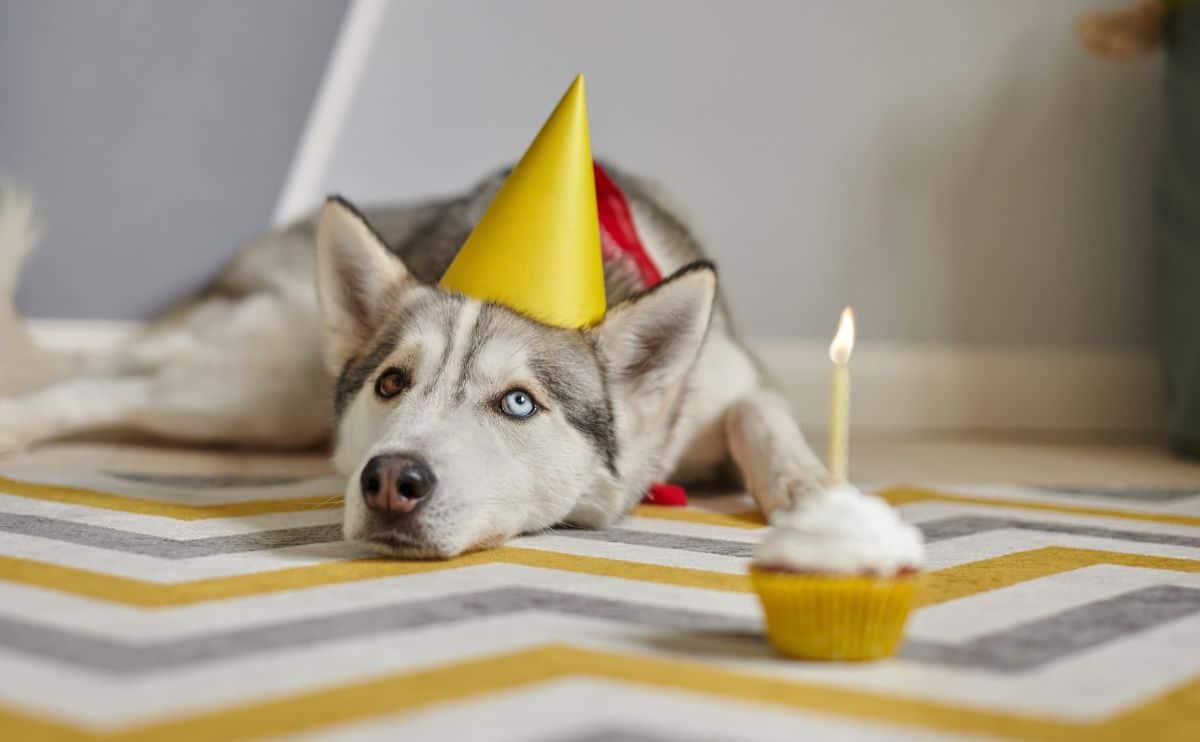When you purchase through links on our site, we may earn a commission. Here’s how it works.
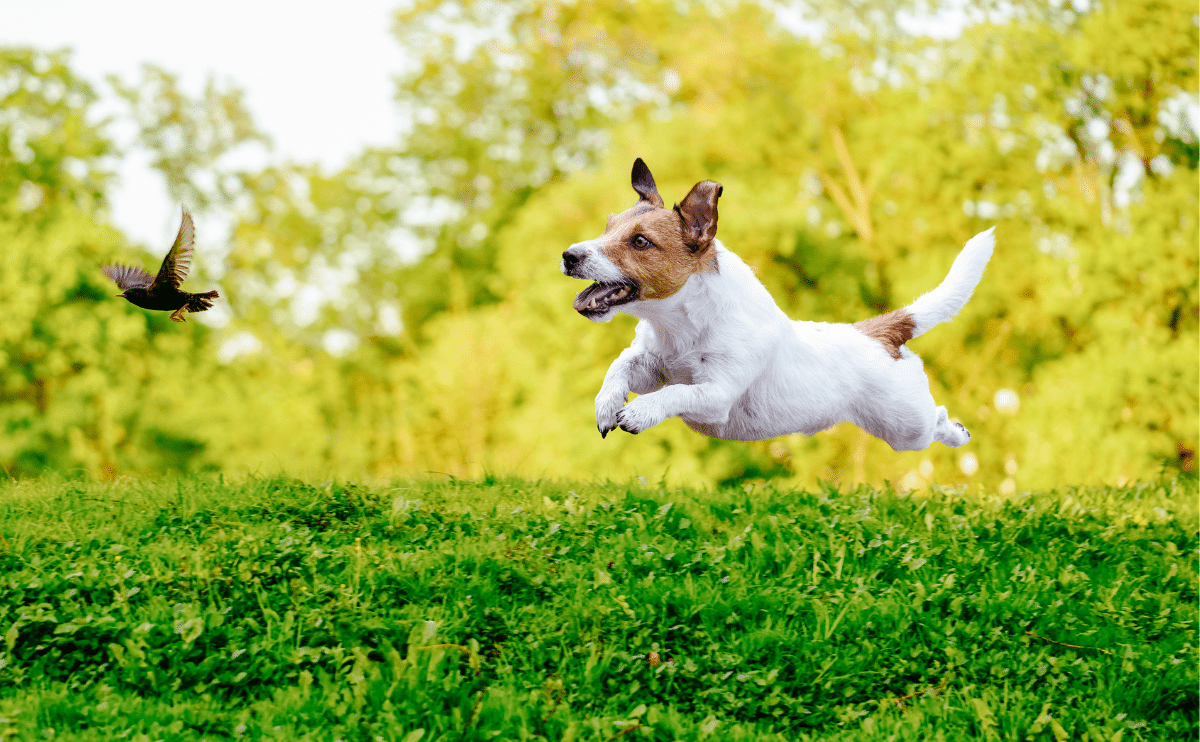
With a little bit of planning, you can create a backyard habitat that’s perfect for both your pets and local wildlife. Though deer, rabbits, and other larger wildlife may be less likely to mix with your pet, there are plenty of other animals that will gladly take advantage of the backyard amenities you create for them.
Let’s discuss how to create a backyard habitat that offers co-mingling opportunities and yard features that serve both pets and wildlife. However, don’t forget that natural habitats are unpredictable. Therefore, teaching your dog off-leash training, using a GPS tracker, and investing in the best pet insurance policy from a reputable pet insurance company are all important safety measures to consider when allowing your pet outdoors.
Get To Know Your Native Wildlife
Before you can create a backyard habitat that’s perfect for your pet and local wildlife, it’s important to first get to know your native wildlife. From pollinators and migratory birds to various other species, you can learn about what’s closest to you. This information is readily available from a variety of sources, including state and federal wildlife agencies, nature centers, and online resources such as:
Once you have a good understanding of your local wildlife, you can begin to create a backyard habitat that appeals to them. Depending on your backyard environment, you’ll attract various pet-friendly wildlife such as:
- Birds, such as chickadees, blue jays, and cardinals. Birds and pets can usually coexist peacefully, and many birds are attracted to feeders that offer a variety of birdseed.
- Butterflies and moths. These beneficial and attractive insects can coexist with pets if you provide a garden that’s free of pesticides and full of nectar-rich flowers.
- Bees. There is a wealth of bee species beyond the familiar European honey bee or bumblebee. How you plant and cultivate your yard could create habitats for all manner of native and exotic bee species, which, in turn, can reward you with healthy blooms and even fruit and vegetable growth.
- Raptors. Birds of prey range in size, territory, and habitat, but the right yard could offer you opportunities to watch or even house raptors. Very few are large or aggressive enough to pose a threat to the majority of house pets and will instead look for rodents (even helping you with squirrels or mice) or aquatic species for food.
- Nocturnal species. Owls and bats may not make themselves known during daylight hours or even share the space with your pets, but you may find these creatures coming out at night to feed on insects or hunt for small critters in your property, depending on your region.
Overall, the best way to determine which wildlife will be attracted to your backyard is to simply ask your local experts. They can provide you with a list of the animals that are common in your area and the types of habitats they prefer.
Be Mindful Of Local Wildlife You Don’t Want To Attract
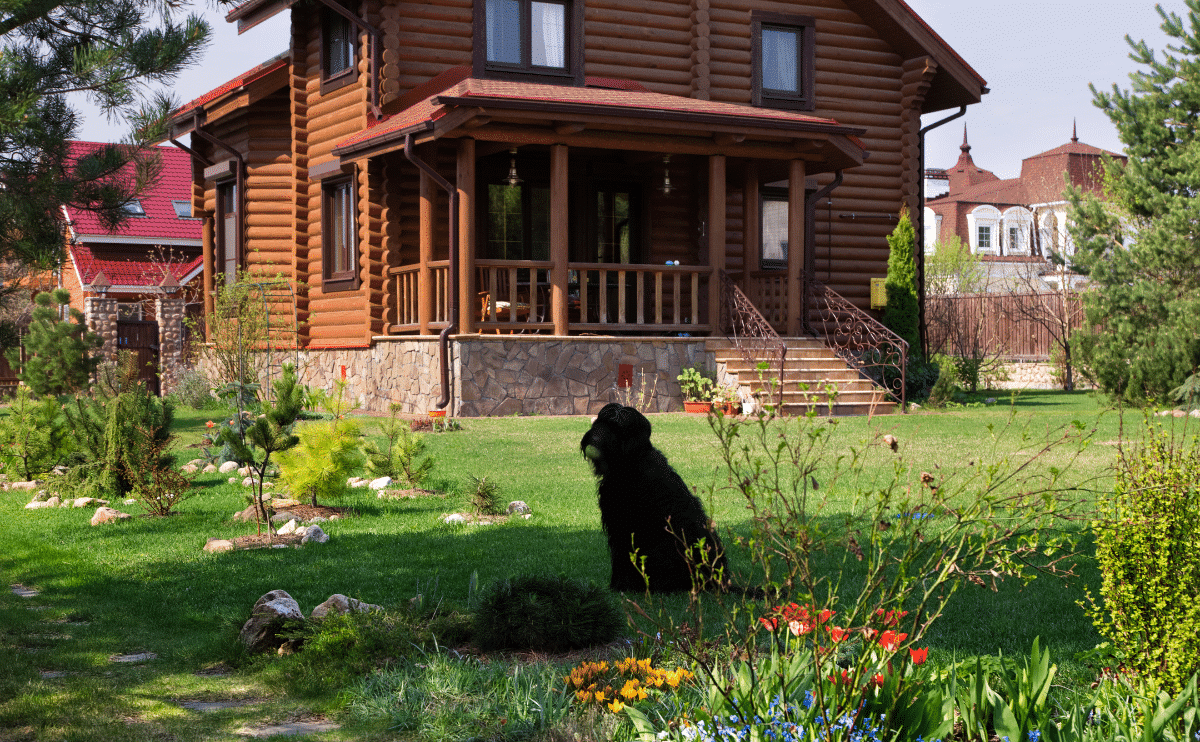
Though you may be excited to create a backyard habitat that’s perfect for both your pet and local wildlife, it’s important to be mindful of the animals you don’t want to attract. Some animals can be destructive if they feel threatened or become too comfortable around humans and their pets.
For example:
- Rabbits may chew on your plants or dig shallow holes in your lawn, and deer can strip the bark off of trees.
- Bears may enter your yard in search of food.
- Skunks may spray your pet or home in self-defense.
- Deer, coyotes, and foxes may prey on your pet.
To avoid attracting these animals, take the following precautions:
- Don’t leave pet food outside. This will attract predators like coyotes and foxes.
- Don’t leave water out for wildlife. This can attract mosquitoes, which may carry diseases like West Nile Virus.
- Keep your yard tidy by regularly removing debris like old logs, piles of leaves, and overgrown vegetation.
- Install fencing around your yard to keep out larger animals like deer and rabbits.
Make sure you have a good understanding of local wildlife and the potential dangers they may present before you begin creating your backyard habitat.
Install A Splash Pool
During the hot summer months, one of the best ways to keep your pet cool is to install a splash pool. Not only will your pet enjoy cooling off in the water, but you’ll also be providing important hydration for local wildlife like bees and birds.
You can also install a birdbath to provide hydration for local birds. Birds are typically attracted to baths that have a dripping or cascading water feature. Be sure to keep your splash pool and birdbath clean and free of debris so that they remain an attractive source of hydration for both pets and wildlife.
Install A Sand Pit For Digging
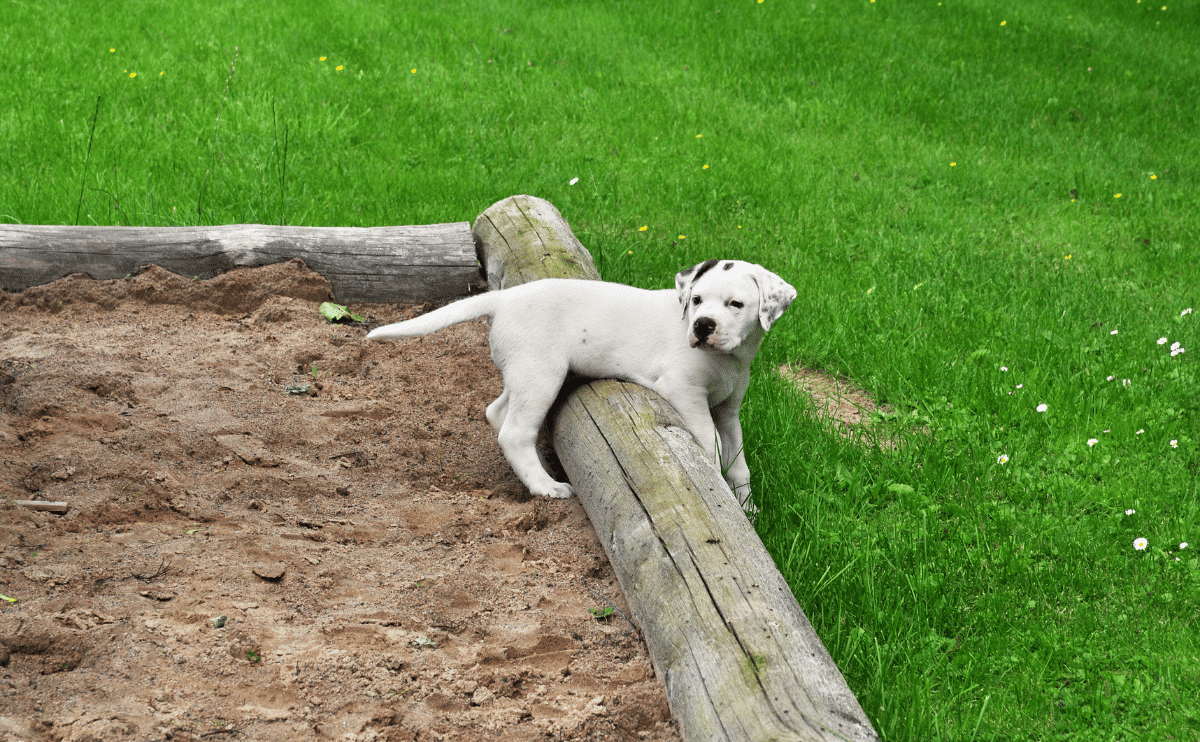
Dogs love to dig, and a small sandbox is a perfect place for them to do so. Not only will your pet enjoy playing in the sand, but birds, in particular, love to bathe in the sand. This helps them to clean and preen their feathers, which is essential for their health and well-being.
Be sure to provide a sandbox that’s big enough for your pet to play in and keep it free of debris so that local wildlife can enjoy it too.
Use Pet-Friendly Fertilizer
When it comes to fertilizing your lawn and garden, it’s important to use pet-friendly fertilizer. Many common fertilizers contain harmful chemicals that can be dangerous for pets if ingested. Not to mention, toxic fertilizers can harm local wildlife and native plants, causing long-term damage to the environment.
Other side effects of using toxic fertilizers include:
- Polluting groundwater and waterways
- Causing respiratory problems in pets and humans
- Killing beneficial insects and pollinators
Luckily, there are many pet-friendly fertilizers on the market, so it’s easy to find one that’s right for your needs. These fertilizers are made from natural ingredients and are safe for both pets and wildlife.
Install Pollinator Hotels
Pollinator hotels are typically made from wood, metal, or PVC pipe, and they come in many different shapes and sizes. Some pollinator hotels even have several rooms so that different types of pollinators can stay together. Other types of pollinator habitats include:
- Bat houses: Bat houses provide a safe place for bats to roost and raise their young. Bat houses are typically made from wood, and they come in many different shapes and sizes.
- Bee hotels: Bee hotels are made from a variety of materials, including wood, bamboo, or metal. They provide a safe place for bees to nest and lay their eggs.
- Grass-free areas: Grass-free areas are a great place for pollinators to nest and lay their eggs. They’re also a good place for bees to collect pollen and nectar.
- Debris piles: Debris piles offer shelter from the elements, and they’re a great source of food for pollinators.
Be sure to place your pollinator hotel in a location that’s easy for you to access, and be sure to check it regularly for signs of damage or abandonment.
Add Bird Feeders
In addition to feeding the full-grown birds, bird feeders also provide enough food for the birds to bring back to their chicks during nesting season.Some of the benefits of having bird feeders in your backyard include:
- Attracting a variety of birds to your backyard
- Providing a place for birds to nest and raise their young
- Providing food for birds during the winter months
- Helping to keep down the population of insects in your backyard
Be sure to select food and locations around your pet’s territory that won’t put them in danger. For example:
- Don’t place your birdfeeder near your pet’s food or water bowls.
- If you have a cat, be sure to place your bird feeder in a location that’s out of reach. Cats are natural predators of birds, and they can easily kill them by throwing them out of the feeder.
- Be sure to keep your bird feeders clean and free of debris. This will help to keep the birds healthy and reduce the spread of disease.
Be sure to keep a close eye on your pet when they’re in the backyard. Some pets may become agitated when they see the birds, and they may try to chase them.
Put Flowering Plants In The Yard
Flowering plants provide food and nectar for both pets and wildlife. They also add color and beauty to the yard. Be sure to select plants that are safe for both pets and wildlife. Some common pet-safe plants include:
- African violets
- Roses
- Bee Balms
- Sunflowers
Poisonous plants for dogs and cats include:
- Daffodils
- Chrysanthemums
- Foxglove
- Azaleas
In addition to providing food and nectar for pollinators, flowering plants also provide pollen and nesting material as well as encourage plant reproduction.
When selecting flowering plants for your yard, be sure to:
- Choose a variety of plants that will bloom at different times of the year. This will provide food and nectar for pollinators all year long.
- Water your flowering plants regularly, especially during the summer months. Dry flowers produce less nectar and pollen.
- Select plants that are native to your area. Native plants are well adapted to your local climate and soil condition, and they provide food and shelter for local wildlife.
Moreover, there are a few pet-friendly garden tips to follow:
- Try to avoid using pesticides and herbicides in your garden. Many of these products are harmful to both pets and wildlife.
- Be sure to provide a shady spot for your pet to relax during the summer months. Pets can overheat quickly, and they need a place to cool down.
- Prepare for unforeseen circumstances. Make sure you have a backup plan in case of an emergency. This could include having insurance for your pet, keeping a close eye on them when they’re in the yard, or having a friend or neighbor who can help in case of an emergency.
- Use fencing and other deterrents to keep your pet safe in the yard. Fencing can help to keep pets from wandering off or getting into dangerous situations. It can also be helpful in keeping wildlife out of the yard.
As a responsible pet owner, it’s important to be aware of the potential hazards that your pet may encounter in the backyard. By following these simple tips, you can create a safe and enjoyable backyard habitat for both your pets and local wildlife.
Tagged With: Outdoors